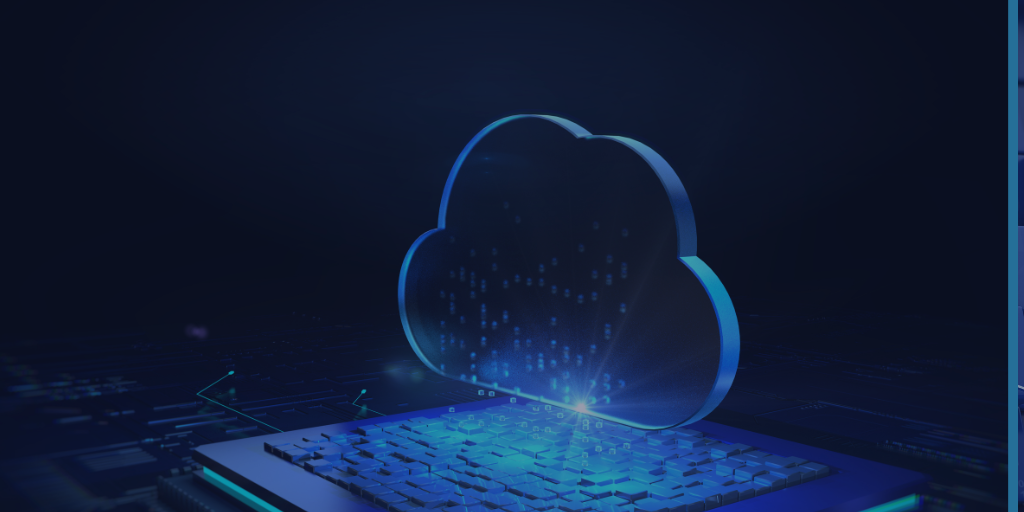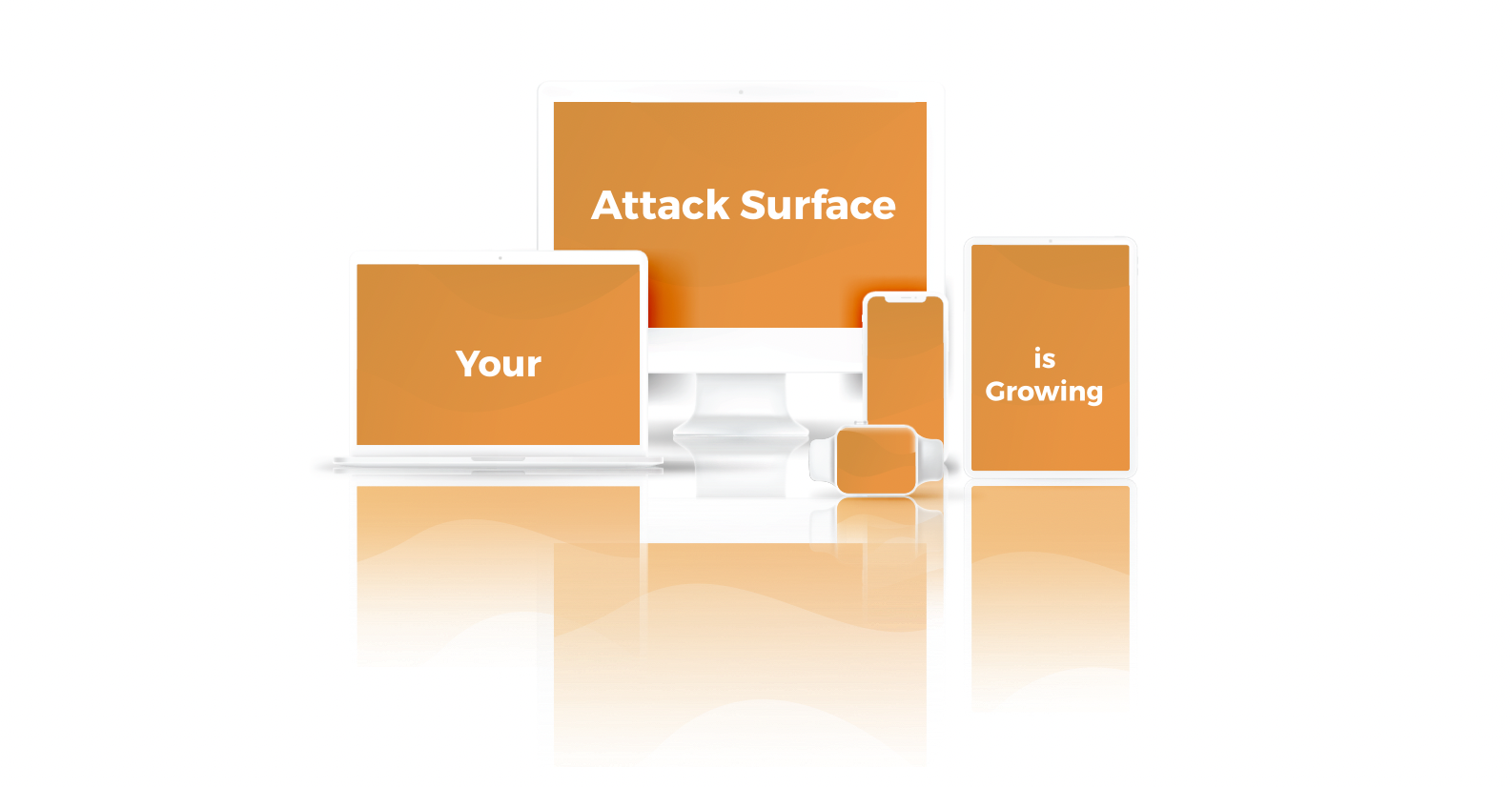2FA vs. MFA: What’s the Difference?

By Krista Lyons
Understanding the difference between 2FA and MFA is key to choosing the right solution for your business.
More than 15 billion leaked credentials were available for sale online in 2024 — which means there is a solid chance that at least a few of your employees have information that has been compromised. Authentication plays a pivotal role in ensuring the security of sensitive data, systems, and networks, but only when it makes access more difficult for bad actors. Among the most commonly used methods to do this are two-factor authentication (2FA) and multi-factor authentication (MFA). While these terms are often used interchangeably, they are not the same.
What Is Two-Factor Authentication (2FA)?
2FA is not invincible, but it is a security process that requires users to verify their identity using two distinct factors:
- Something You Know – A password or PIN, a personal detail such as mother’s maiden name, or a location you will know such as the street you grew up on.
- Something You Have – A mobile device, hardware token, or authenticator app like Google Authenticator, OKTA, or another authentication app.
By requiring two layers of verification, 2FA significantly reduces the risk of unauthorized access compared to single-factor authentication, which relies solely on a password. For example, after entering your password, you might receive a one-time code via SMS or email to complete the login process.
What Is Multi-Factor Authentication (MFA)?
Multi-factor authentication (MFA) is a security enhancement that allows you to present two different credentials when logging in to an account. It creates another layer of defense that makes it more difficult for an unauthorized person to gain access. Of note, single-sign on (SSO) is not a method of MFA nor 2FA.
MFA often takes security to the next level by incorporating more than two authentication factors. In addition to the “something you know” and “something you have” factors, MFA might also include:
- Something You Are – Biometric verification like fingerprints, facial recognition, or iris scans.
- Somewhere You Are – Geographic location data.
- Something You Do – Behavioral patterns, such as typing speed or mouse movements.
This layered approach makes it exceedingly difficult for attackers to bypass all factors, providing unparalleled protection for sensitive systems.
2FA vs. MFA: How Are 2FA and MFA Different?
Now the question: 2FA vs. MFA; aren’t they the same?
2FA and MFA are both essential tenets of zero trust network access (ZTNA). Although 2FA is a subset of MFA, there are notable distinctions between the two.
Number of Authentication Factors
- 2FA: Requires exactly two factors—no more, no less.
- MFA: Uses three or more factors, offering more comprehensive protection.
Security Level
- 2FA: Provides a significant security boost compared to password-only systems but is still vulnerable to sophisticated attacks like SIM swapping.
- MFA: Offers stronger defenses by requiring multiple independent factors, making it exponentially harder for attackers to compromise all layers.
Complexity and Use Cases
- 2FA: Simpler to implement and ideal for smaller businesses or basic applications. It strikes a balance between security and usability.
- MFA: More complex to set up and manage but essential for industries with high compliance requirements, such as healthcare or finance, or for enterprises handling sensitive data.
Which Authentication Method Is Right for Your Business?
Now the million-dollar question (and it could literally be millions, considering the cost of data breaches these days): which method should you choose?
The decision between 2FA for business and MFA depends on your organization’s security needs, resources, and threat or cybersecurity landscape. For smaller organizations or those with limited IT budgets, 2FA might provide adequate protection. However, for businesses handling highly sensitive data or operating in industries with stringent compliance requirements, MFA is a more robust option.
You may also need to look into compliance rules that your business must follow. For example, something like SOC 2 compliance may require MFA. Data governance rules may also dictate which your company should choose, so check with your company’s compliance officer to find out more.
How to Implement 2FA and MFA in Your Organization
Deploying 2FA or MFA doesn’t have to be daunting. Here’s how to get started:
Steps to Set Up Two-Factor Authentication
- Evaluate Your Needs: Identify the systems and applications that require 2FA. This may be all systems, or you may want to start with the systems that may house sensitive data, like corporate email addresses.
- Choose a 2FA Solution: As we mentioned earlier, some of the options include SMS-based codes, authenticator apps, or hardware tokens. To make things easier for everyone, using the same type of 2FA or MFA solution for all logins can be good; for example, Google Authenticator for all web apps.
- Integrate the System: Work with your IT team or provider to enable 2FA. You’ll need to be sure that everyone who is involved in managing the systems understands this process.
- Onboard Your Team: Educate employees about the process and ensure seamless adoption. Without employee adoption and setup, it is moot.
Steps to Set Up Multi-Factor Authentication
- Assess Security Requirements: Determine which additional authentication factors are needed.
- Select an MFA Platform: Consider compatibility with existing systems and ease of use.
- Configure Advanced Features: Implement biometrics, location-based authentication, or behavioral analytics.
- Train Employees: Provide comprehensive training to help staff understand and use MFA effectively.
Strengthen Your Business with the Right Authentication
The choice between 2FA and MFA isn’t just about technology — it’s about protecting your business from evolving threats. Taking the first step by using a VPN as part of the authentication process can save time and money in the long run while protecting your customer and employee data.
Learn how multi-factor authentication with OpenVPN can help.
.png)

